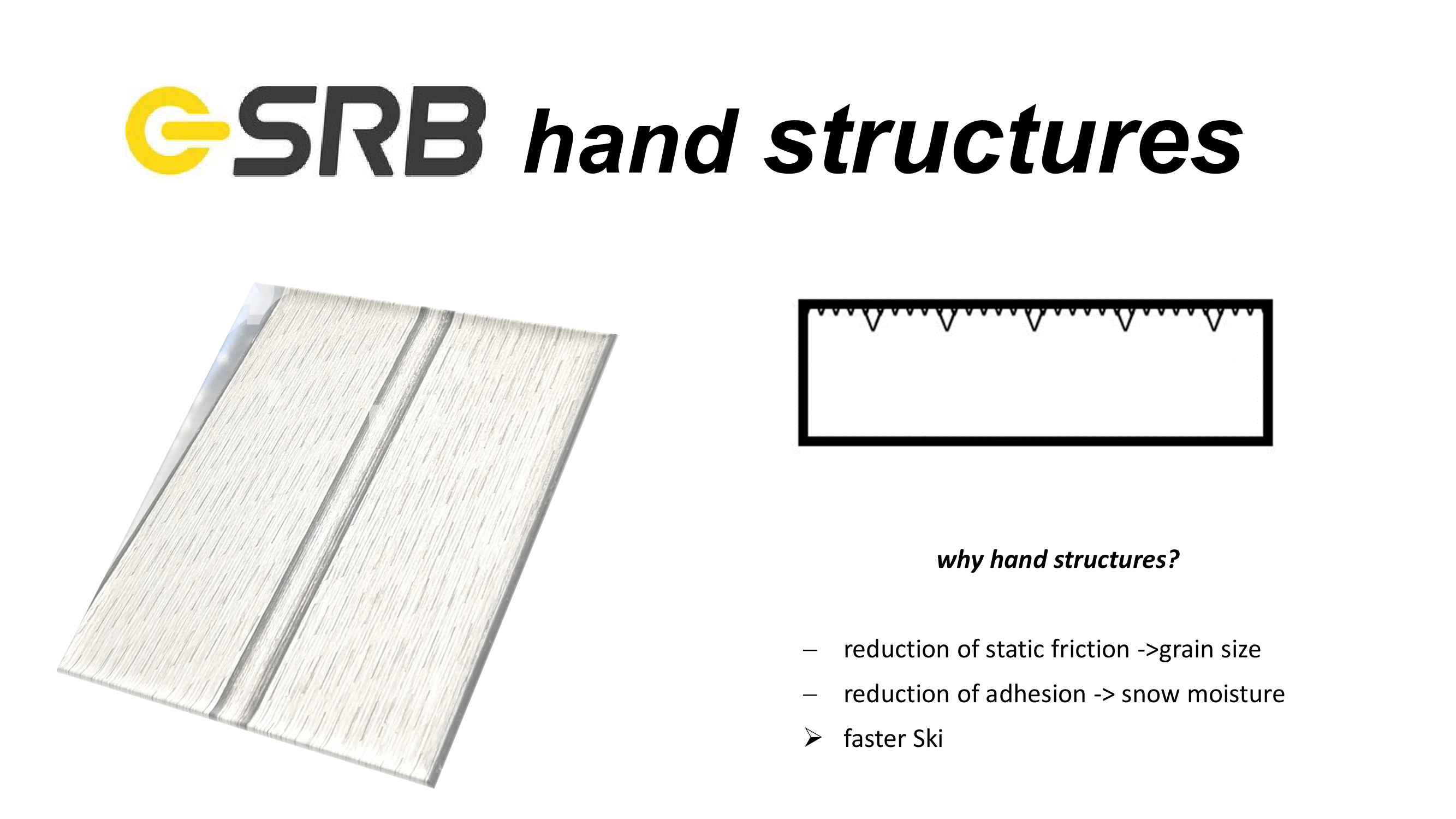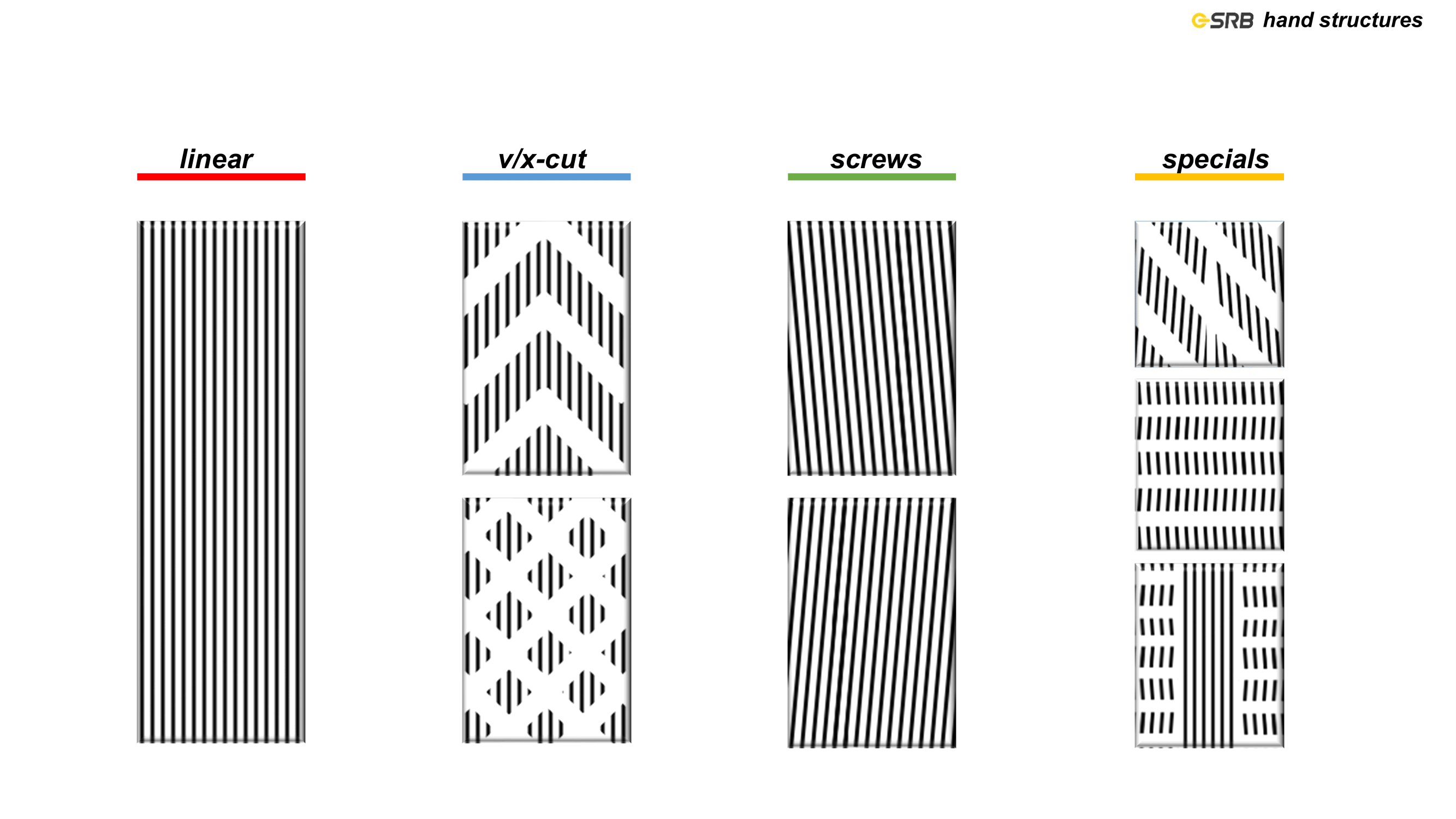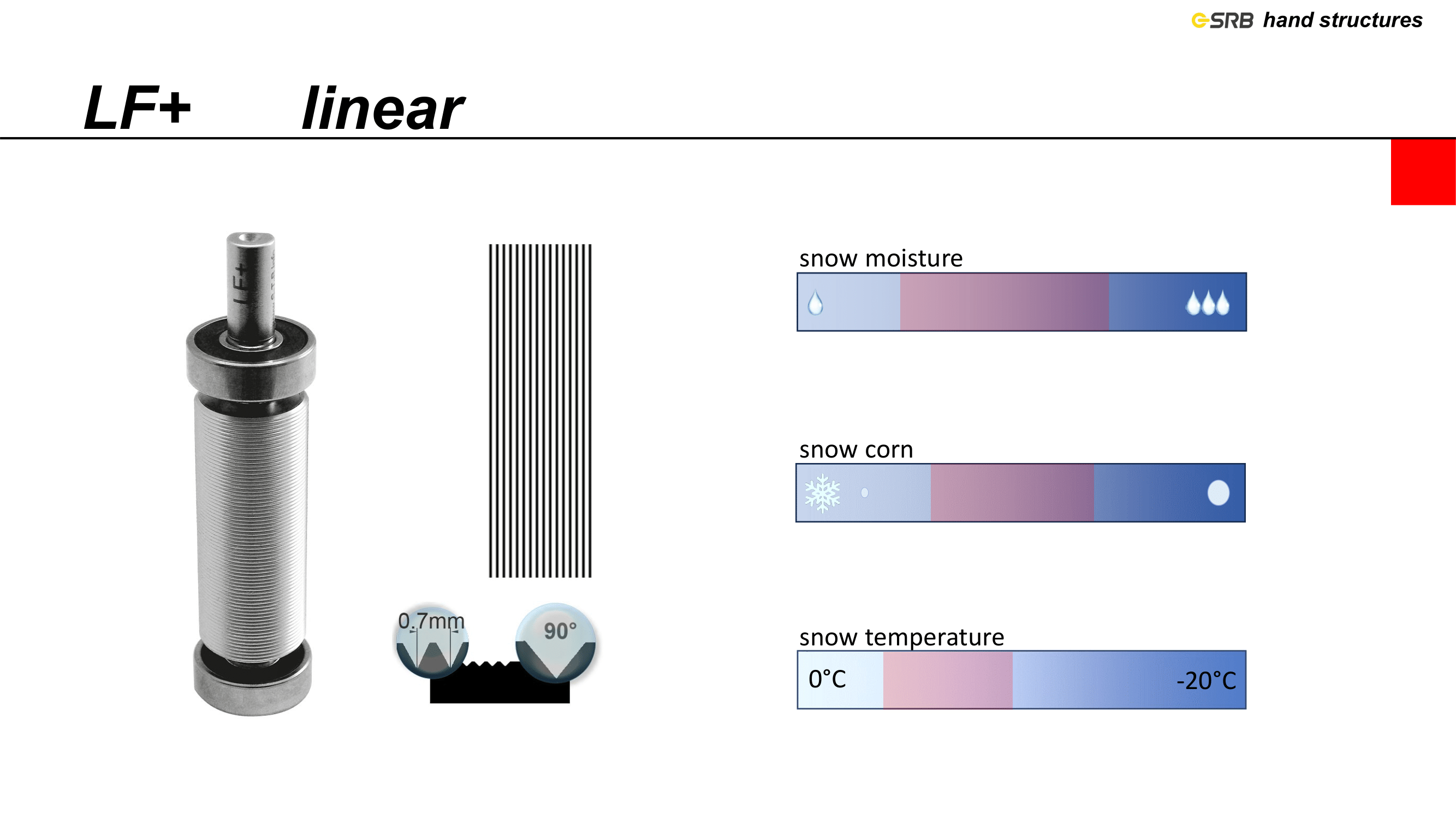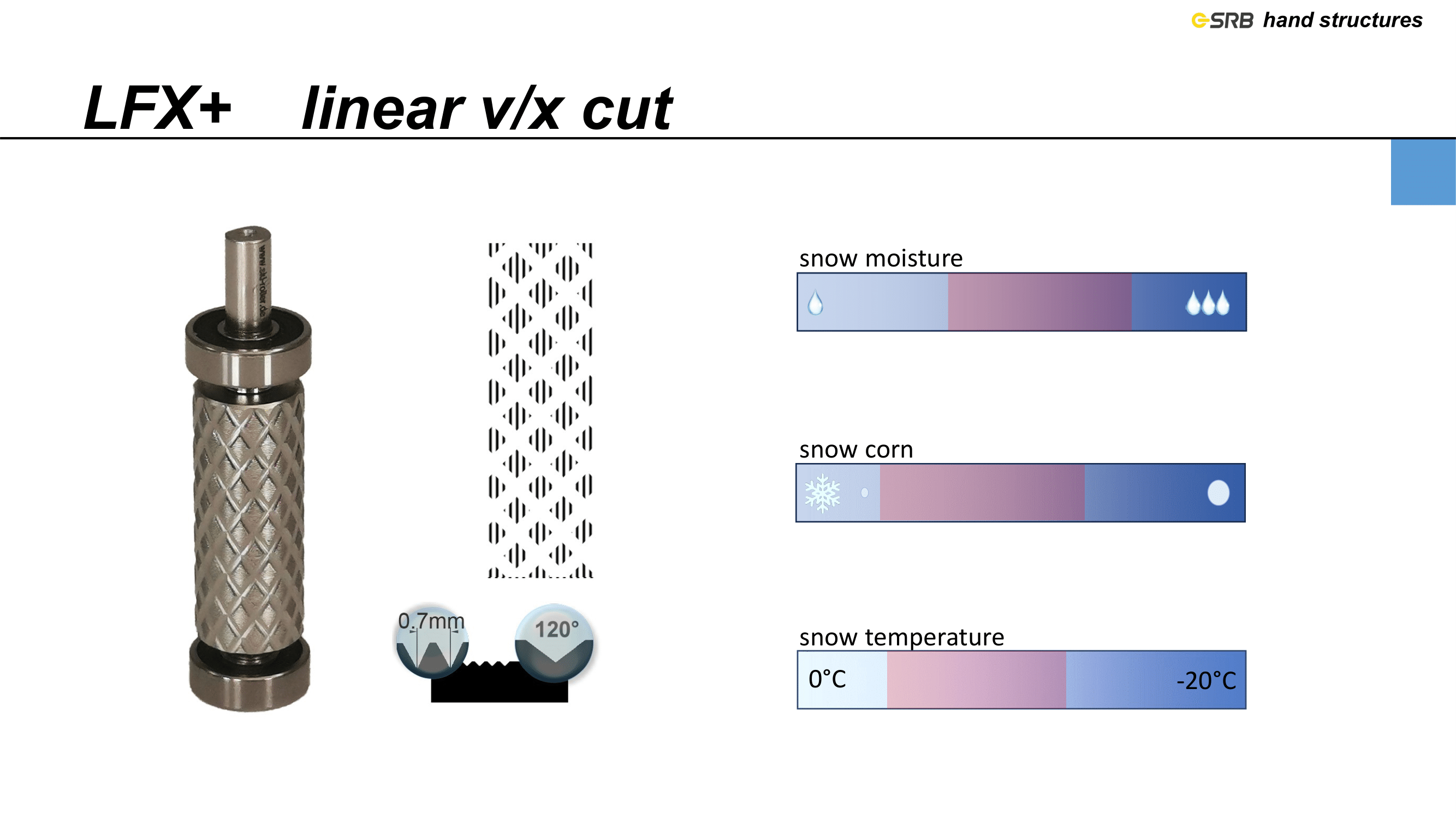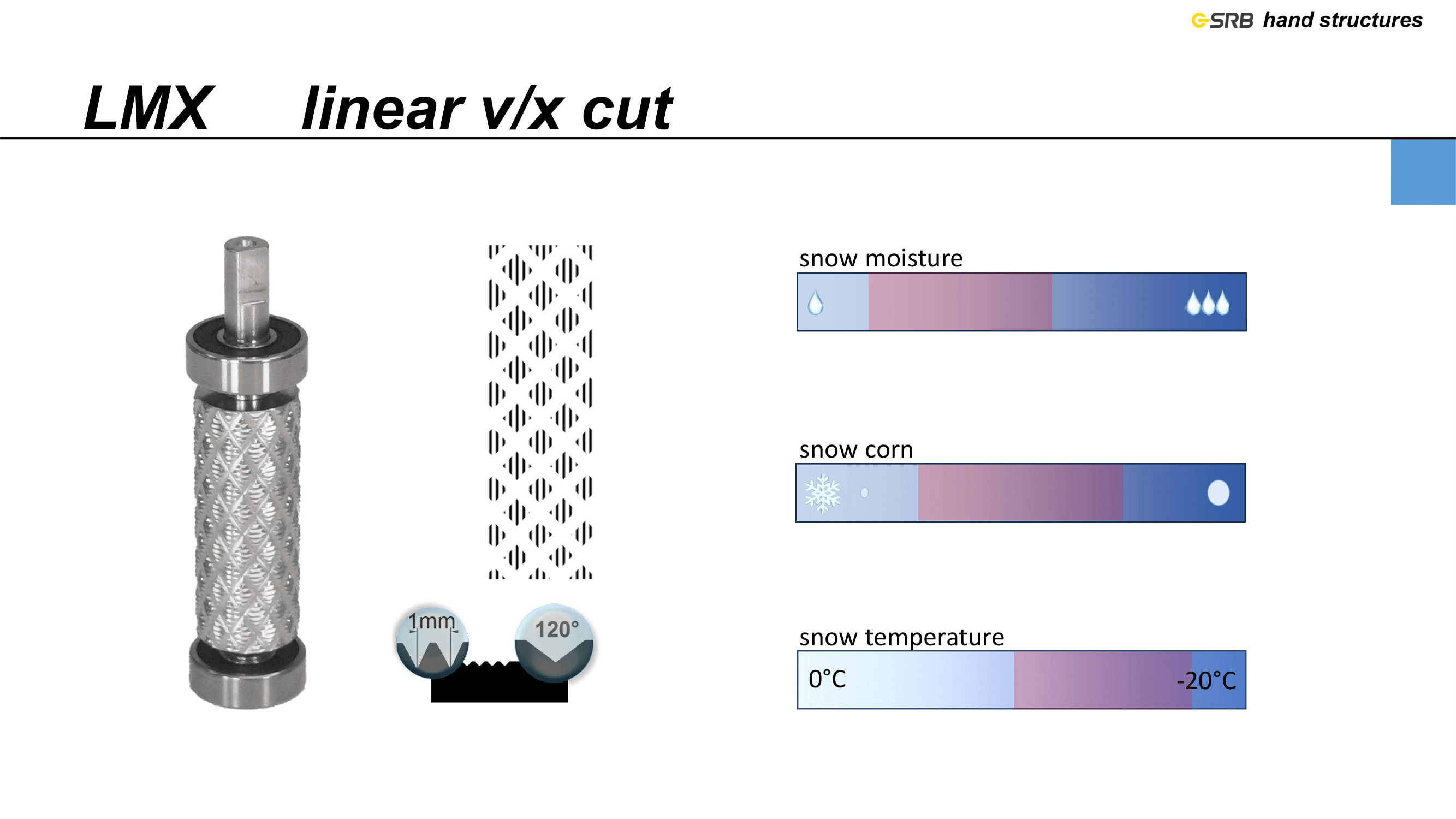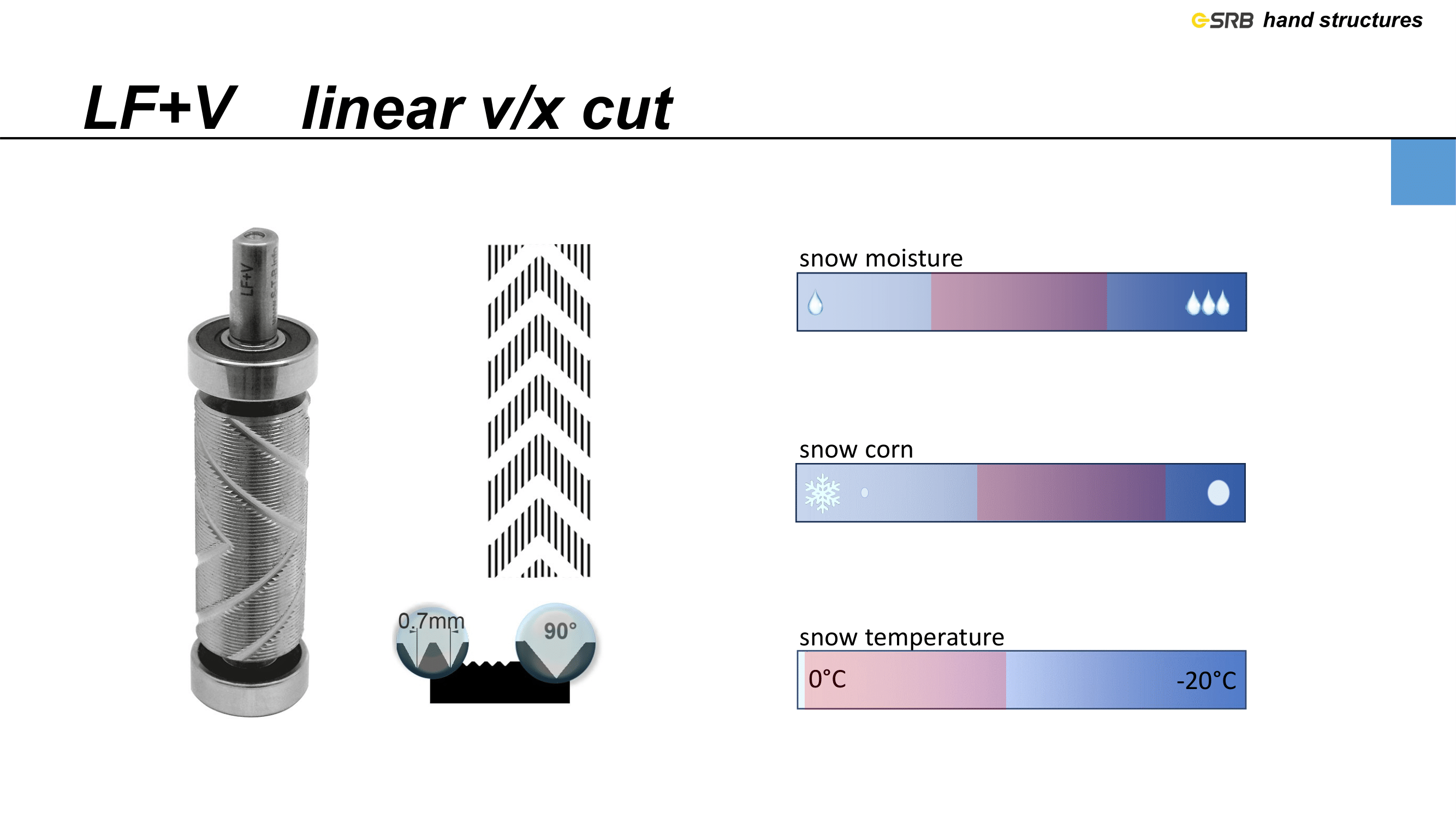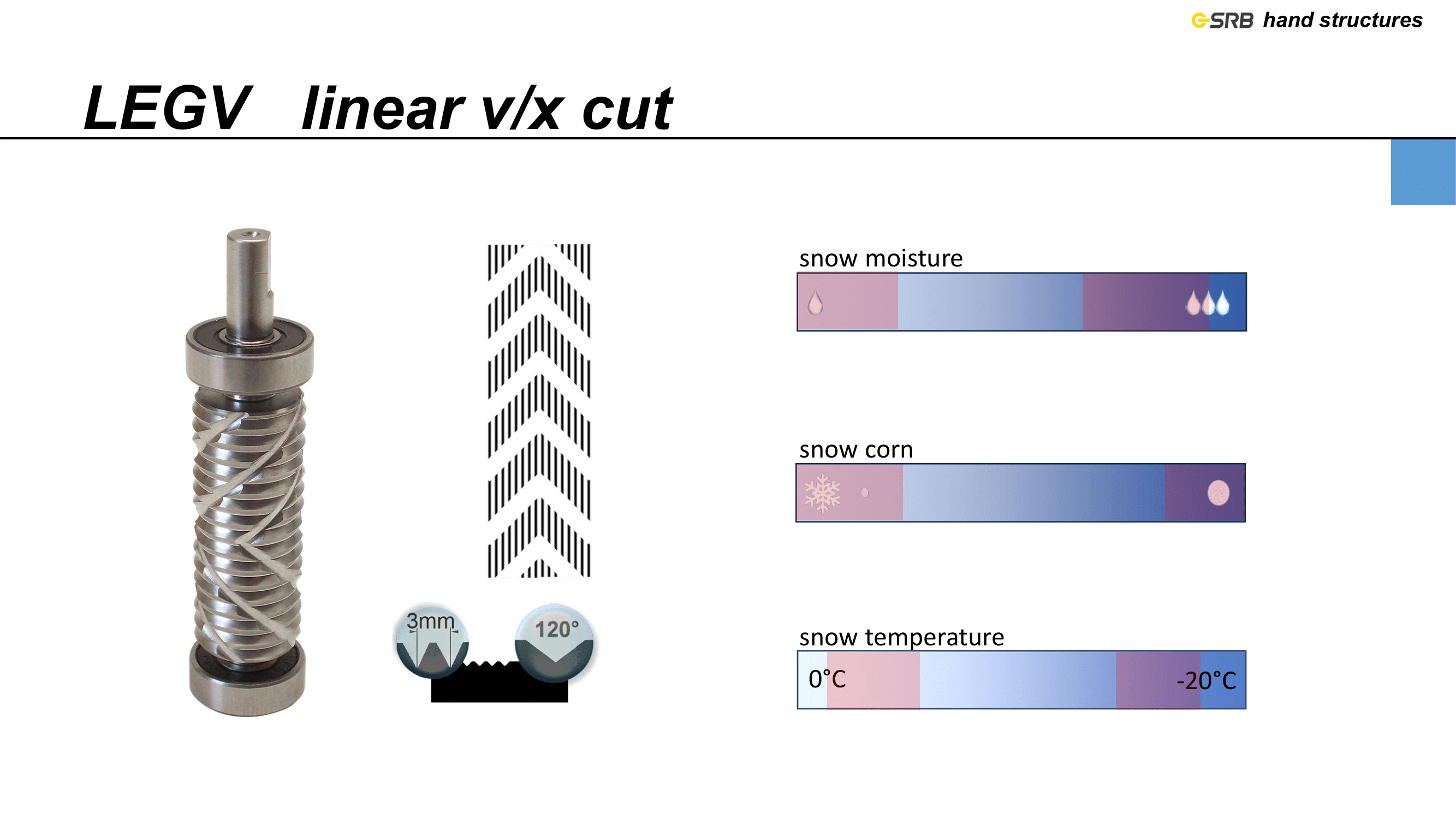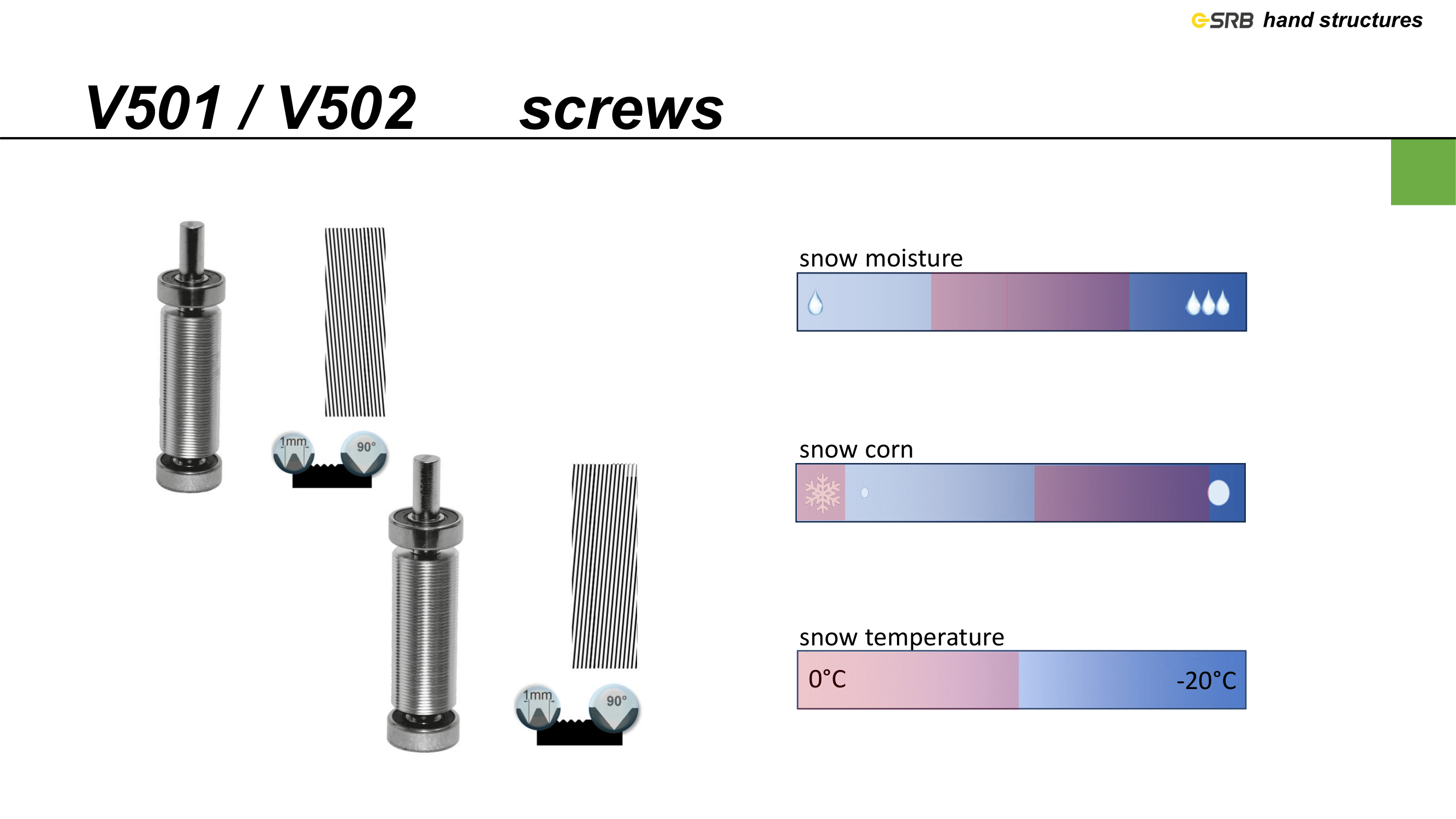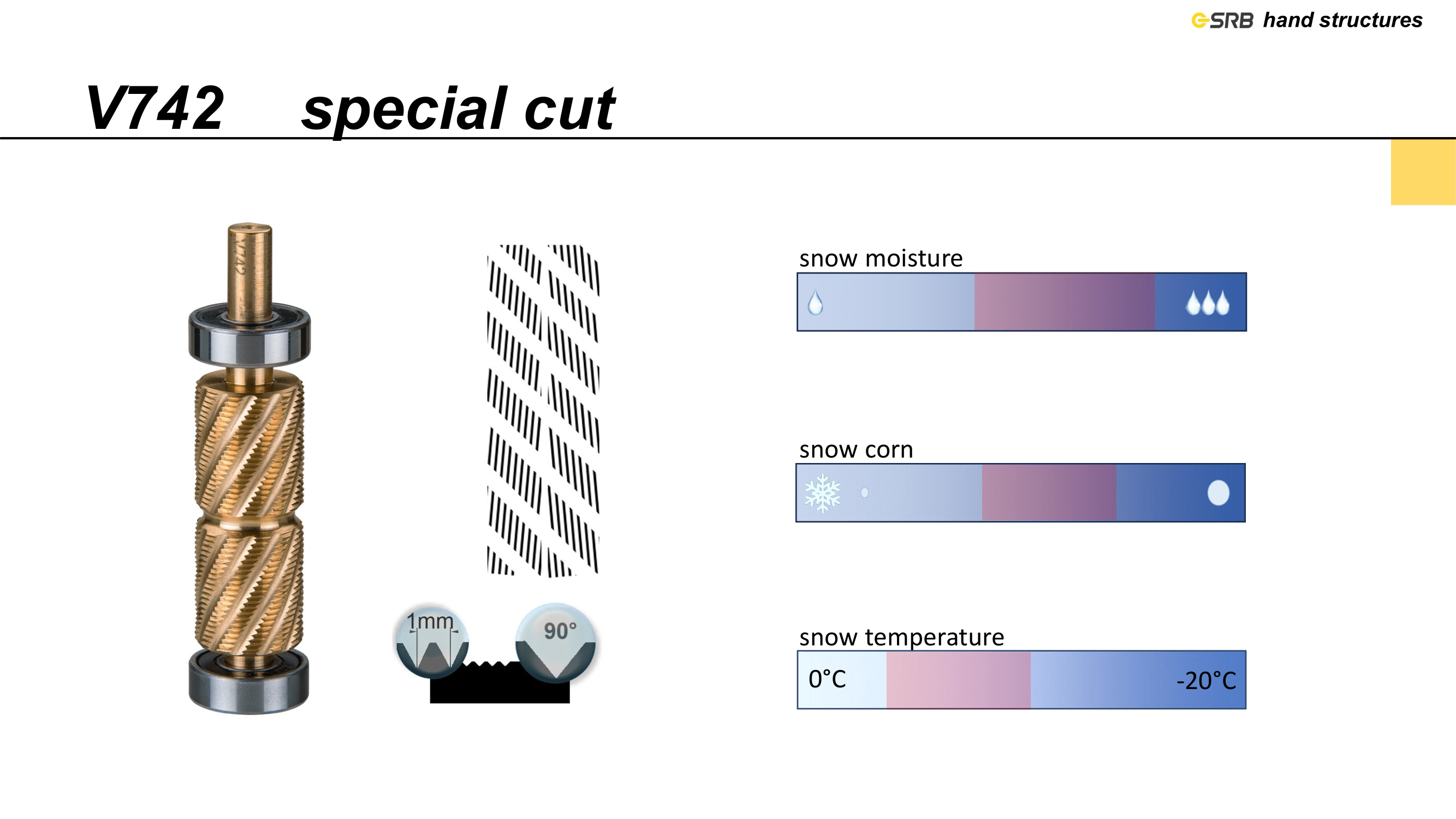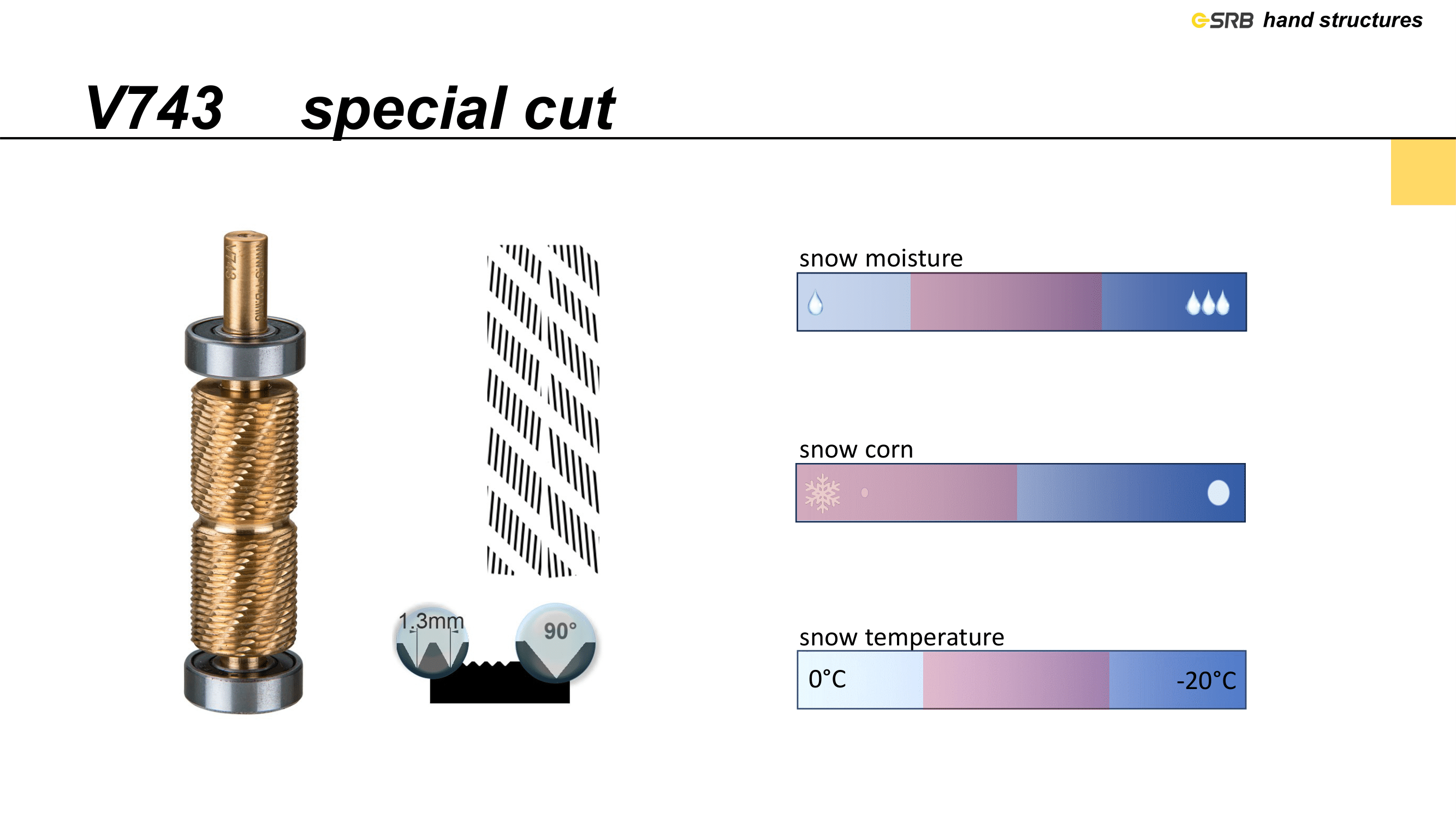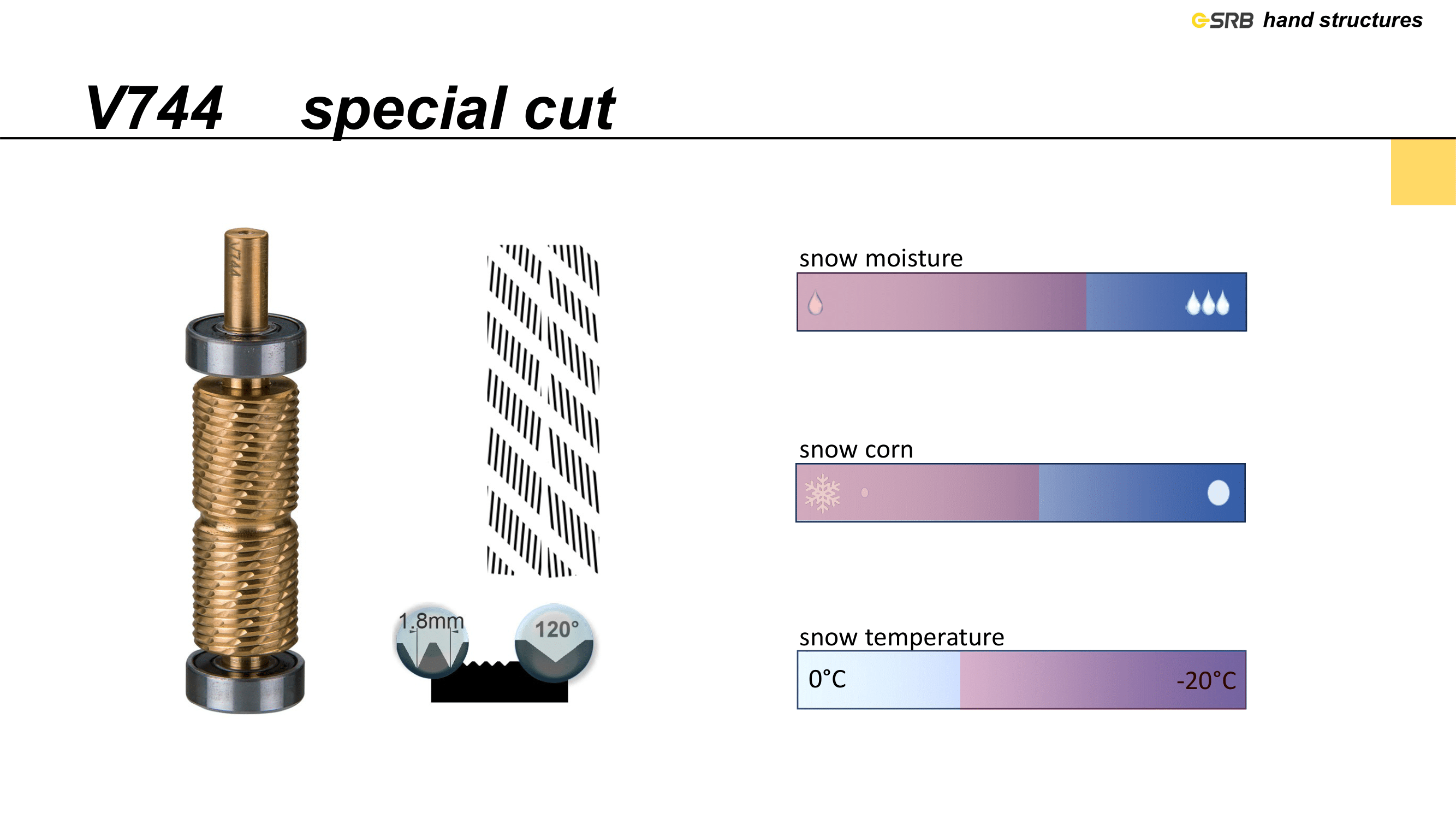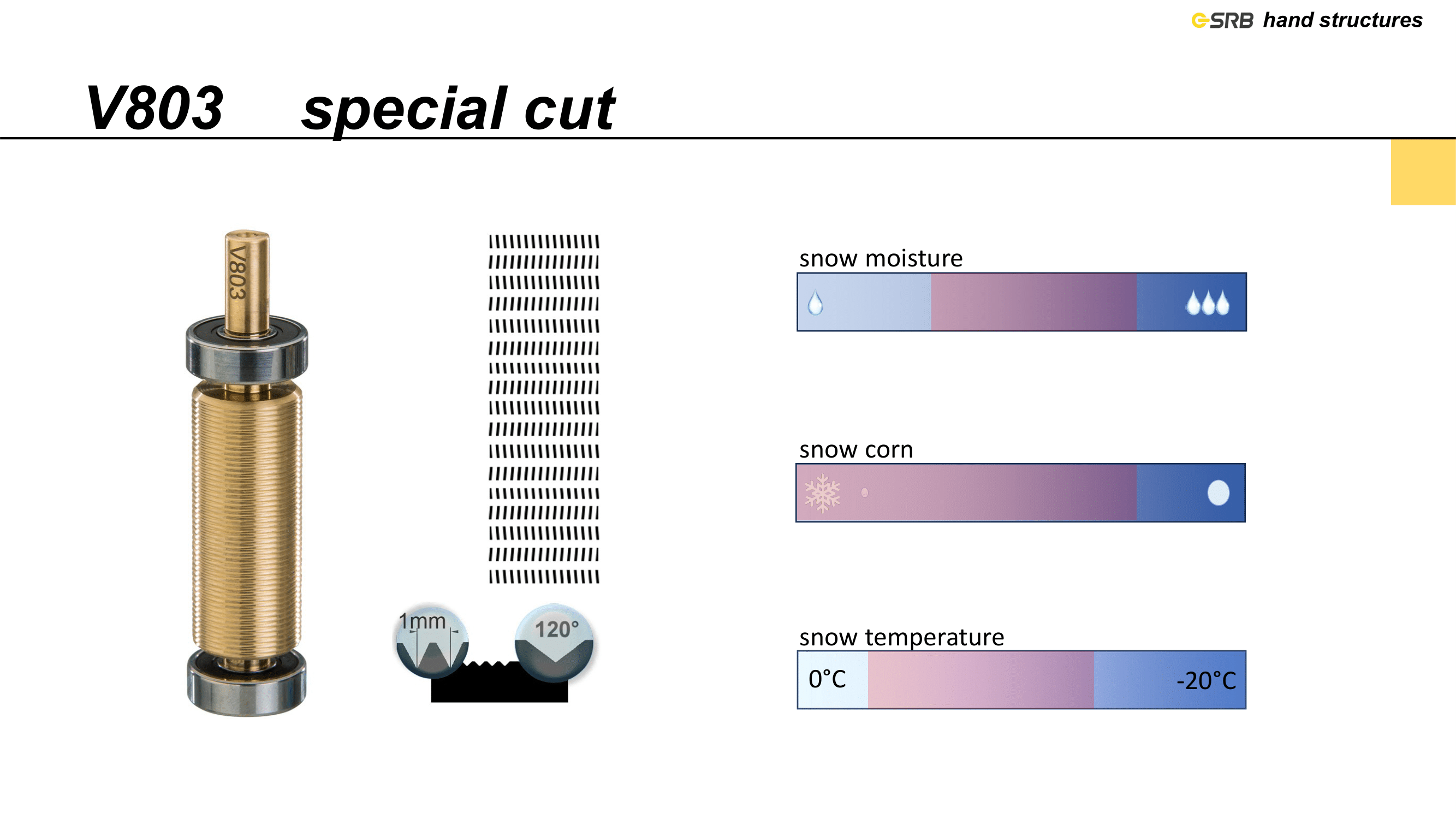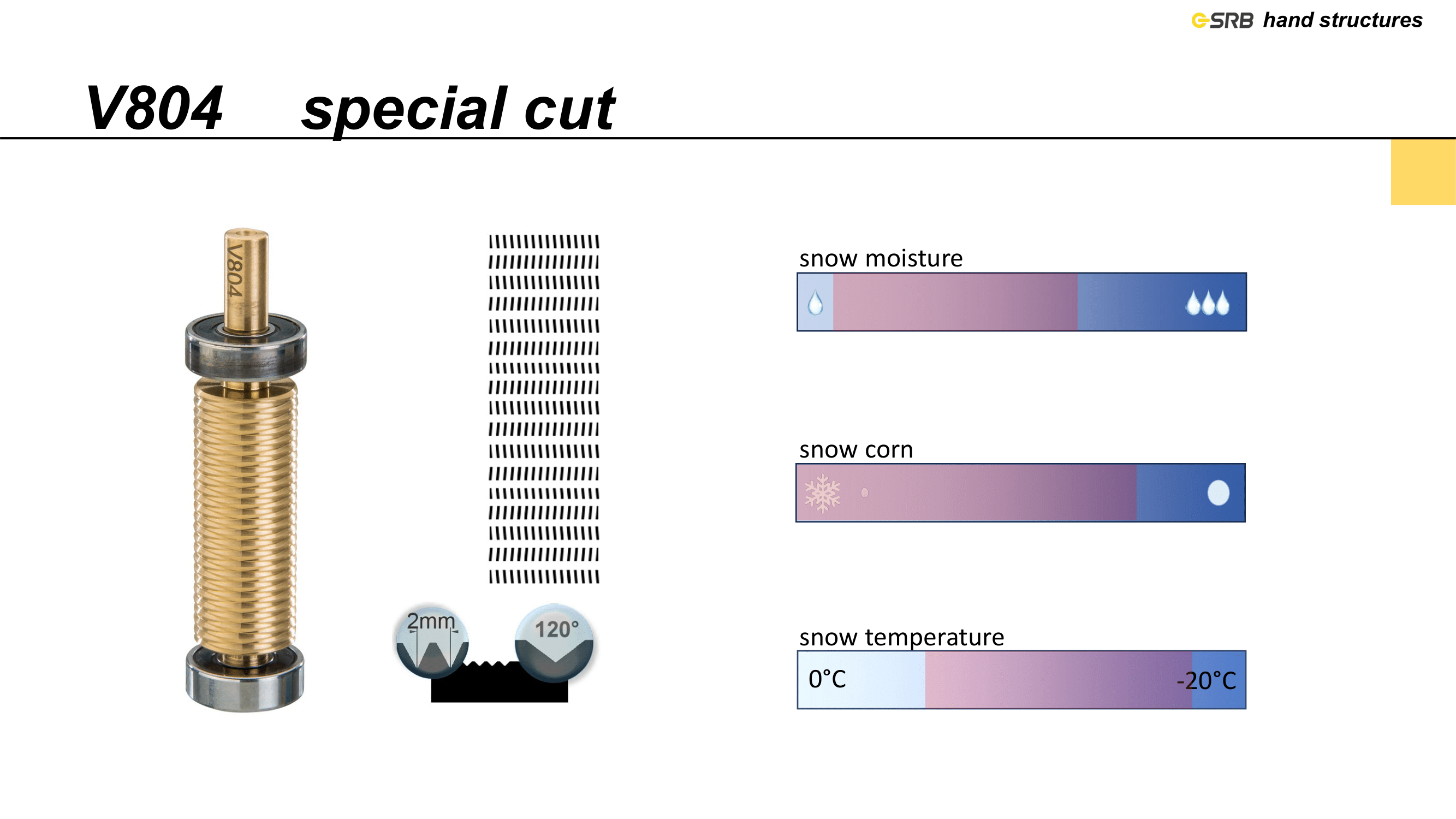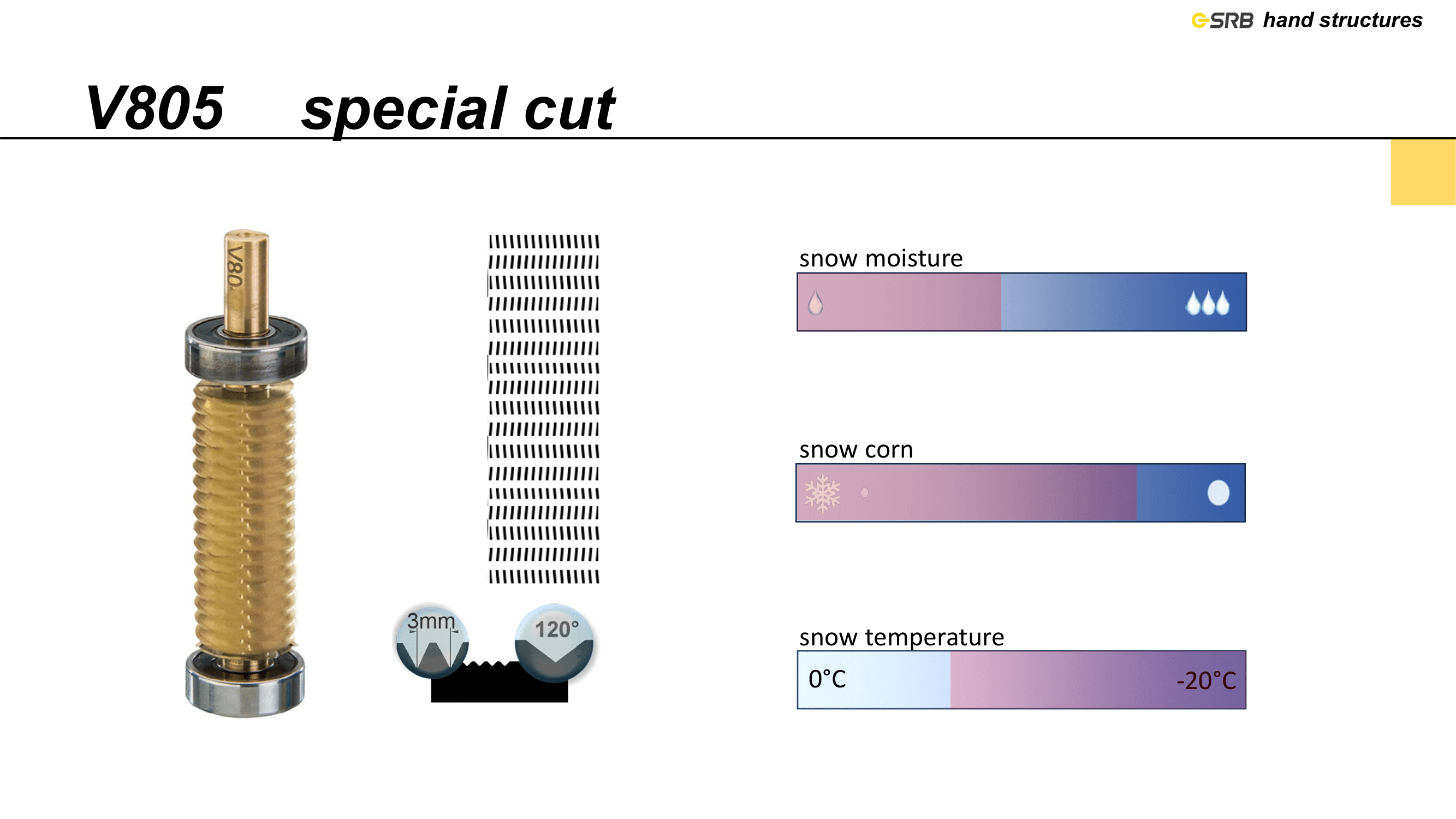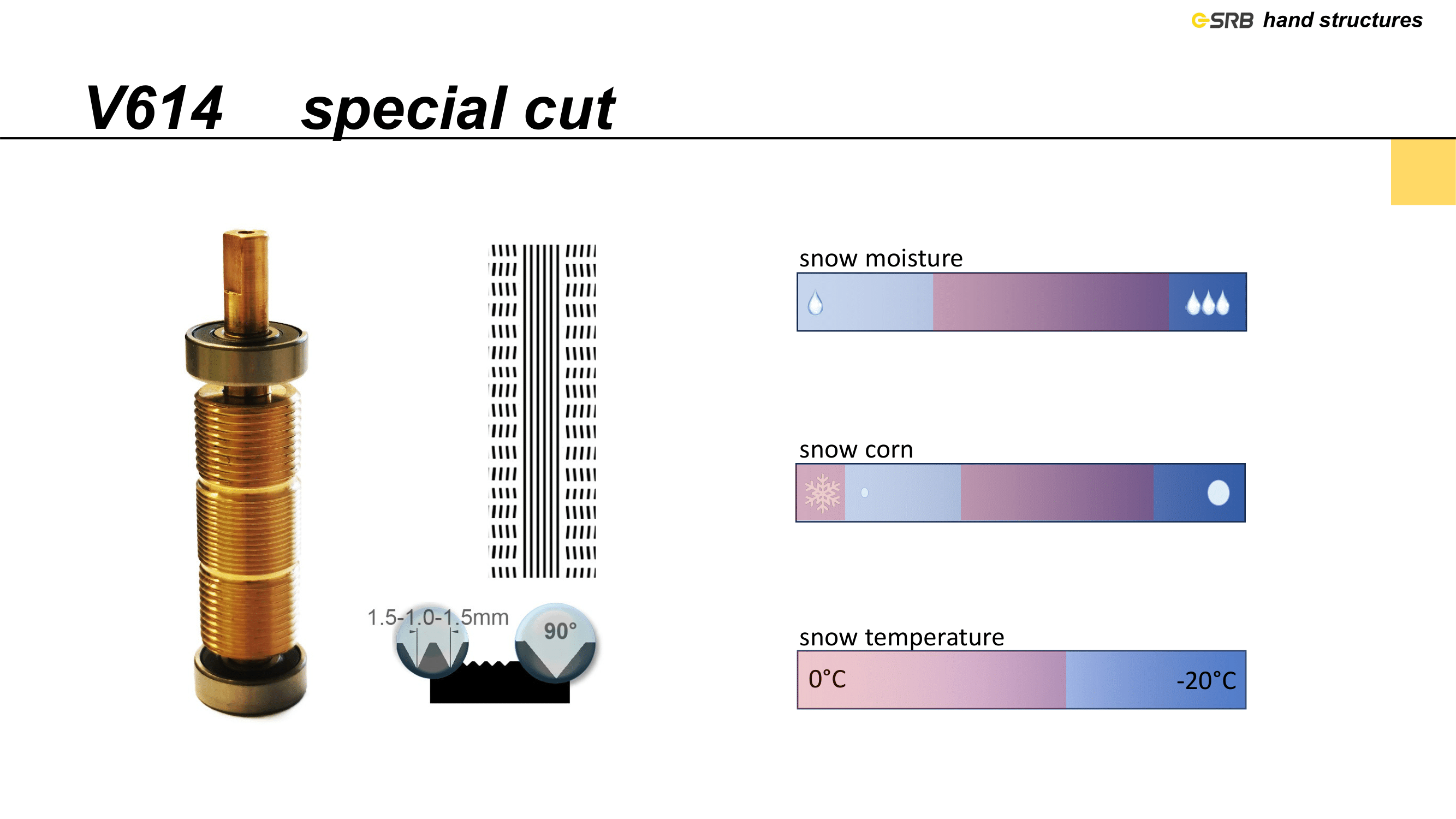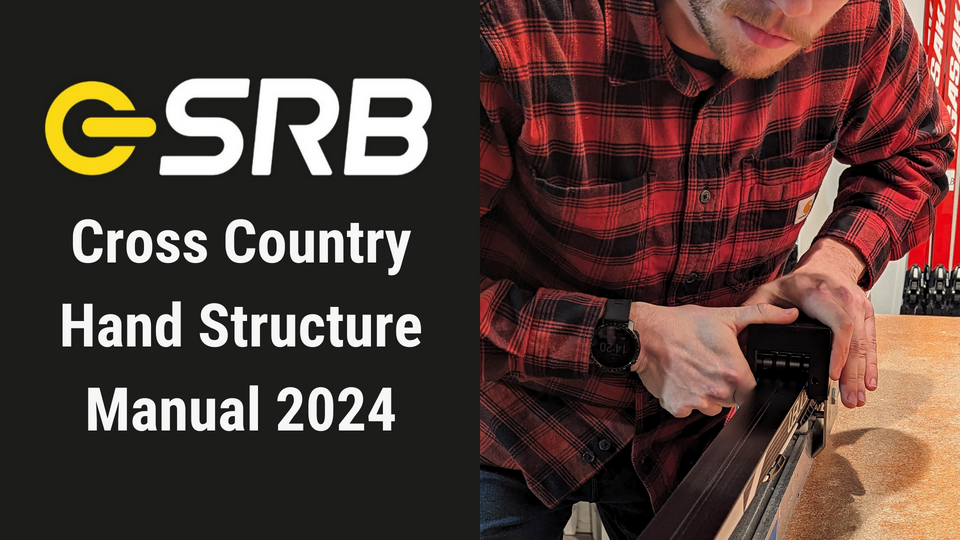Posted by Jacob Huseby, EnjoyWinter Factory Team on Jan 6th 2024
SRB Hand Structure Manual 2024
*Scroll down to see the structure guide*
Here is an updated guide to our hand structures available through EnjoyWinter.com partnered with SRB. SRB is continuously testing and developing their hand structures. As such, you may notice some rolls get phased out over time, or new rolls introduced after proving effective. If you have specific conditions in mind for your hand structure system, or any questions regarding hand structure, email me - JacobH@EnjoyWinter.com
HOW TO READ THE GUIDE -
"Snow moisture" represents the moisture content of the snow. New snowfall in the United States is usually in the range of 4% to 10% water-to-snow. However, measuring the moisture content of the snow requires a fancy snow moisture meter such as the Doser Snow Hygrometer Type 011. If you don't have the machine (or an extra 650 euros kicking around), you can make an educated guess by taking the air humidity with a much less expensive tool than the Doser, and with the understanding that snow at higher altitudes is generally going to be dryer than snow at lower altitudes.
"Snow corn" represents the size and shape of the snow. There are a few types of snow you should know about. The scale in this guide goes from "fresh, large sharp crystals" to "heavily transformed, rounded snow".
New and crystalline snow is any fresh snow that is falling below freezing temperatures. These are characterized by large, sharp crystals.
"Transformed snow" is a way of describing snow crystals that have seen some wear-and-tear. The crystals are smaller, rounded, and irregular. This can be caused through a variety of means, including running grooming equipment over snow, going through thaw/freeze cycles from the air or sun, or anything else that can beat up a ski track.
Wet snow can be the result of snow falling at or above freezing temperatures. Rain falling on the ski track, or temperatures warming the snow to the point where there is visible water. Wet snow can present itself in many different ways, everything from fine grained and dirty, to sopping mashed potatoes, and everything in between.
Artificial snow, man made snow, gun snow all describe snow taken from a well, pond, lake etc and shot through snow cannons. As a side note, often overlooked is how the source of the water that is going into the snow gun can impact the dirt content of the snow. Here is southern WI, lake water often will get sediment or material into the snow gun and past the filters, which means that material can end up in the snow. Depending on the amount of artificial snow present, you may have to make adjustments to what roll you are using. Artificial snow is shaped more like transformed snow, with rounded crystals.
"Snow temperature" is the temperature of the snow at your location. On a scale from ~0C to -20C. This can be measured with a stick thermometer inserted just below the surface of the snow. If you do not have a snow thermometer, you can approximate the temperature of the snow using the air temperature forecast. Snow changes temperature at a slower rate than air. This means if you are approximating the temperature of the snow based on the air temperature, we recommend taking an average of your current air temperature, with the average from the last few hours.
After you order your set of SRB structures, it can be helpful to print off the slides with your selected structures as a reference guide for what conditions they may see use. Each structure is one of four categories. These are color coded in the guide below as well.
1. Linear
2. V/X Cut
3. Screws
4. Specials
Any more questions, feel free to reach out! 
